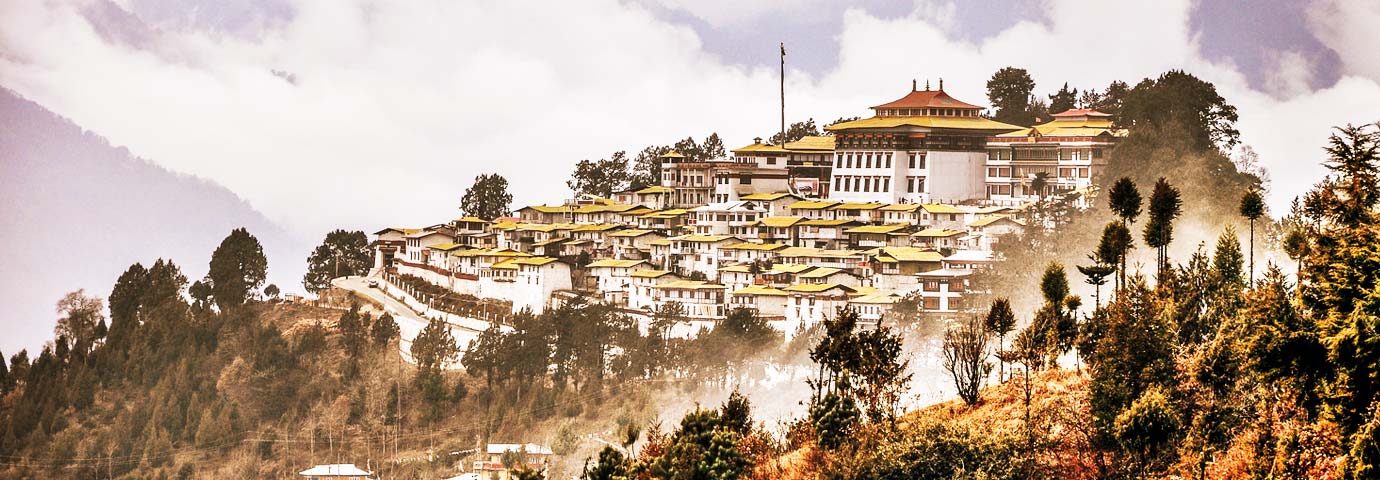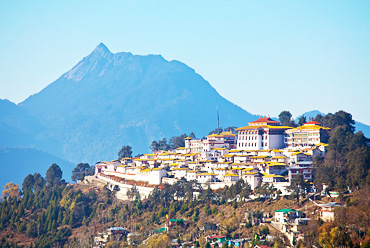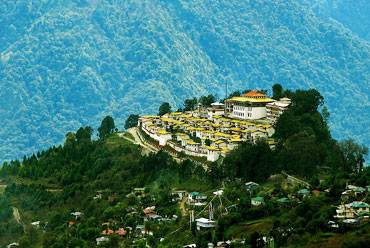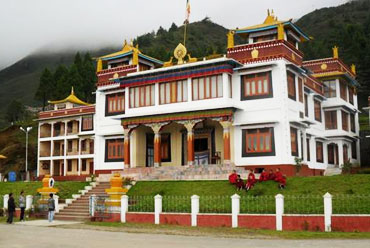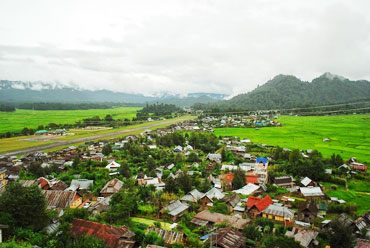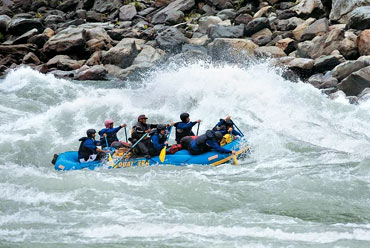A river of gold flows through this exotic land of dawn-lit mountains and that's only the beginning of the story. Mysterious, powerful and beautiful, with faces and moods that change dramatically ever so often, rivers with distinctive individualities form the colorful lifelines of Arunachal Pradesh-the land kissed by the first rays of the sun. Arunachal Pradesh, earlier known as Northeast Frontier Agency, and largest of the seven sisters of North East India, shares international boundaries with Bhutan, Tibet, China and Myanmar and state boundaries with Assam and Nagaland.
Location
Arunachal Pradesh stretches on the Northeast frontier of India from the foothills of the eastern Himalayas to their peaks. The state extends latitudes 26.42°N-29.30°N and longitudes 90.36°E- 97.30°E. One of the landlocked states of India, Arunachal Pradesh shares its border in the east with Myanmar, Bhutan in the west, China in the north, and Assam in the south.
History
There is not much information available on the history of Arunachal Pradesh. The earliest recorded history dates back to 16th century AD when Ahom rulers of Assam extended their kingdom to this region. The Ahom rulers had a tradition of not interfering in the affairs of the tribes of this region. The British continued this policy, and in 1873, they banned entry of outsiders to this region. The Government of India continued this policy until 1962, when China attacked this region. After 1962, steps were taken to counter future border disputes with China, and roads, electricity, modern democratic institutions, and cash economy were introduced here.
Before 1962, the state was known as Northeast Frontier Agency and was constitutionally a part of Assam. Because of its strategic importance, it was administered by the Ministry of External Affairs until 1965 and subsequently by the Ministry of Home Affairs through the governor of Assam. In 1972, Arunachal Pradesh was constituted as a union territory, and, in 1987, it became the 24th state of the Indian Union.
Fairs & Festivals of Arunachal Pradesh
The people enjoy life, are convivial, warm and hospitable with a bubbling urge to make the most of the natural bounty. A rich variety of fairs and festivals provide them with seasonal occasions to get together en masse and enjoy the common brotherhood and a spirit of cooperation. The festivals mirror the people's culture, their artistic genius, and skill at making music and dance forms. Practically each month of the year witnesses a festival of one tribe or the other. The festivals serve a two-fold purpose-as thanksgiving ceremonies in homage to God and His gift of good crops and freedom from want and disease.
The Losar Festival of the Monpas hails their new year and is celebrated for five days. The houses are cleaned and Buddhist prayers are offered for prosperity and good health. Colorful prayer flags are hoisted atop the temples and dwelling places. The Mopin Festival of the Galo tribe in Siang District lasts for five days when wealth, prosperity, and universal happiness are sought. The festivities of the Idu Mishmi Tribe of Lohit District are devoted to the appeasement of the deities for six days. It ends with a colorful fanfare and dances by the priests. A number of other festivals with religious and seasonal significance fill the days of the people with mirth and merry making.
Tourist Attractions in Arunachal Pradesh
Arunachal provides a host of sites of tourist interest. Its capital Itanagar tells the story of the Ita Fort built in the fourteenth century by King Ramchandra of Mayapur. Mallini Than is another unique site that goes back to the 10th and 12th century. It has an ancient temple housing sculptures of gods and goddesses of the Hindu iconographic school. Parasuram Kund and the Brahma Kund in the Lohit district are sacred places that attract thousands of pilgrims to take a dip in their holy waters and purge themselves of their sins. Bismaknagar and its fort in the Dibang valley are memorials to the Bhagwat Gita, story of Lord Krishna's visit there and his elopement with a local girl, Rukmini.
The Tawang Monastery, constructed in the 17th century, houses a big library of holy books, some of which are written in gold letters. Situated atop a ridge and surrounded by thick clouds and mist, it seems to be hanging in ethereal space.
Such historical sites apart, Arunachal has a large number of beauty spots at various altitudes where one may relax and refresh oneself in a pollution-free environment. There are waterfalls, glades, forest groves where one may picnic, camp, or relax in an available rest house.
The state government has built a large number of circuit houses, guesthouses, forest bungalows, hotels, and tented accommodation for the comfort of visitors. For sheer natural scenic beauty, Arunachal Pradesh is a showcase of Nature.

